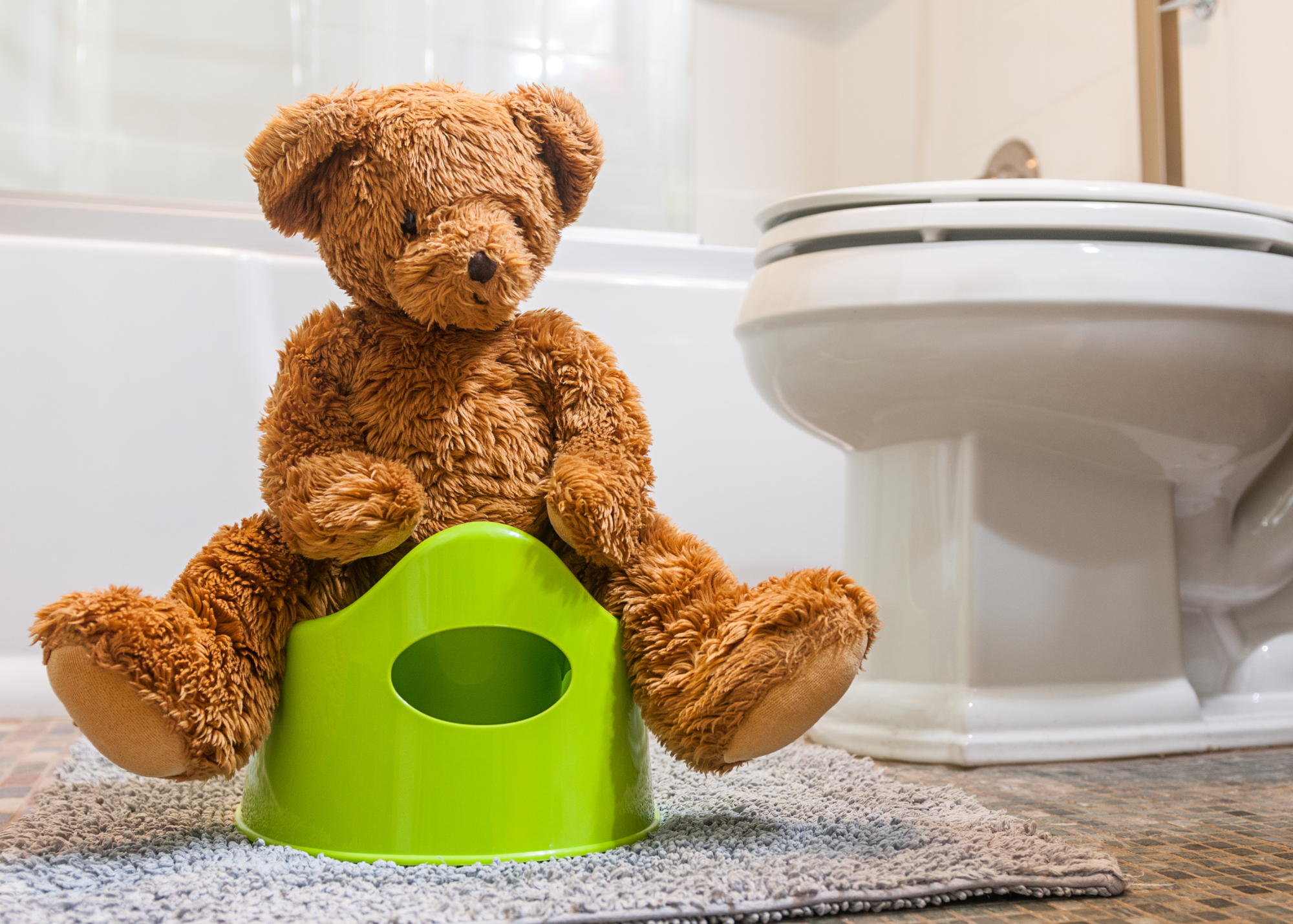How Can A Pediatric Occupational Therapist Help in Potty Training?
Parents often ask our therapists if they can help children learn to use the toilet by themselves. Our therapists acknowledge that toilet training is a very important activity of daily living (ADL), but also know that countless factors contribute to toilet training success.
Children are often most successful learning this skill in a familiar, consistent environment such as home, daycare, or school; a place where they spend a large amount of their day. Once children are successful with toileting in this familiar environment, you can introduce the skill in other locations such as public restrooms. As most children only spend a short amount of time in our clinics each week, it can be challenging to directly practice this important activity in therapy sessions. To best help families working on this skill at home, our therapists can work with caregivers to help determine if a child is ready to start toilet training or to help them figure out what changes might make the toilet training process go more smoothly.
No one can make a child be ready for potty training. There are certain skills the child needs to demonstrate before being successful with using the bathroom with increased independence.
Skills Needed Prior to Potty Training:
- Awareness of the need to go to the bathroom, sometimes referred to as interoception or the ability of our bodies to identify internal signals such as full bladder.
- Being able to communicate the need to go to the bathroom. This does not need to always use words, but could include signs, using a communication device, etc.
- Being able to remove clothing to allow for toileting and then to put the clothing items back on after toileting.
- Balance, strength, coordination, and body awareness required to climb onto and remain sitting on a typical toilet.
If your child seems to be successful with the basic skills, but still struggles with completing toileting independently it is important to think about other aspects of the task that might be challenging. Other things to consider might include:
The sensory aspects and environment of the bathroom:
- Is the child afraid to enter a completely dark bathroom themselves?
- Are bathroom noises such as a fan or a flushing toilet too loud?
- Does the child have difficulty getting onto a full-size toilet or do they appear unsteady or nervous with their feet off the ground?
- Do they have to reach far in order to access the toilet paper?
Sequencing the steps of toileting:
- Can the child remember to flush the toilet and wash their hands or would they benefit from visual cues such as a visual schedule?
- Can the child complete the fasteners on all of their clothing? Sometimes school uniforms are harder to button than preferred clothes worn at home.
Speech therapists, occupational therapists, and physical therapists can all work with families to help determine how to make this important life skill more successful. The therapists that know your children’s strengths and challenges can help to figure out which parts of the task your child can complete independently and which aspects might require some assistance or adaptations.
If your child is having difficulty with part of the toilet training process, consider asking their therapist(s) if they have any ideas. Even if learning this skill feels like it is taking a long time, it is important to remain patient as children practice this skill and to celebrate their increased independence with each step of the process. We have four pediatric therapy in Arizona ready to help you! Click here to learn more about Kids Place Pediatric Therapy.
For additional information on establishing toileting routines for children, see the resource linked here:







